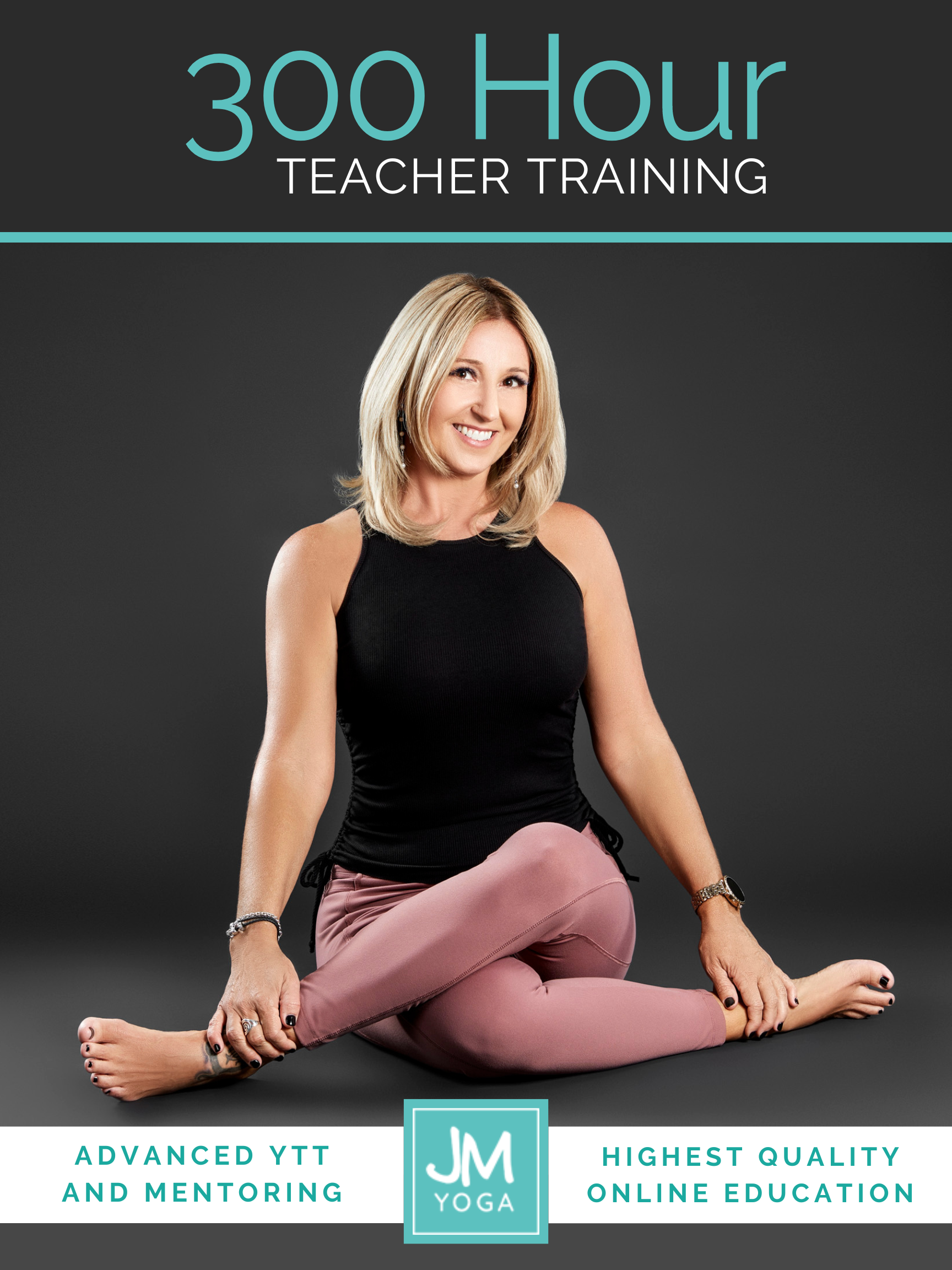Yoga vs Stretching: Often Studied, More Frequently Debated
In this episode of the Yoga Research and Beyond podcast, we discuss the research paper, “Pain reduction, physical performance, and psychological status compared between Hatha yoga and stretching exercise to treat sedentary office workers with mild/moderate neck/shoulder pain: A randomized controlled non-inferiority trial,” published in the Journal of Complementary Therapies in Medicine in 2023.
This particular paper caught our attention because it’s another attempt to compare yoga to stretching. As a yoga educator who has spent over a decade studying, reading, and writing about the research on stretching, this topic is a sensitive one. I get so much anger directed at me that “yoga isn’t stretching”, “yoga is more than stretching”, “yoga isn’t about the poses”, “yoga isn’t about flexibility”, and so on. I always argue that the public conflates or compares yoga with stretching; denying that is a display of industry pageantry and failing to meet the students where they are. In fact, the #1 reason people in the US start (and continue) their yoga practice is flexibility (source). Clearly, when a paper that compares yoga to stretching comes across my feed, I read it. 🤓
The Study Setup
The study is a randomized controlled non-inferiority trial conducted in Bangkok, Thailand. The researchers compared the effects of Hatha yoga and stretching on pain reduction, physical performance, and psychological status. Participants attended a 30-minute group class once a week for four weeks. They were expected to practice on their own every day.
The yoga group was led by an experienced yoga teacher who was also a nurse, while the stretching group was led by a physical therapist. Both groups included office workers with mild to moderate neck and shoulder pain. All classes were held in air-conditioned rooms.
What Stood Out
One of the most interesting aspects of this study was the focus on the social component of these interventions. Often, stretching is something people do alone, like before exercise or in the morning. In contrast, yoga is typically done in a group setting. The social interaction in a group yoga class might be a significant factor in pain reduction, as it aligns with the biopsychosocial model of pain. The BPS model tells us that social factors can play a crucial role in how we experience pain.
Another point of interest was the study’s approach to adherence. Participants were considered to have good adherence if they practiced at least four times a week, including the group session. However, the study struggled with keeping participants engaged, particularly in the yoga group. By the end of the study, 16 participants from the yoga group had dropped out, compared to just four from the stretching group. This raised questions about whether the at-home practice requirement may have been more intimidating or challenging for those new to yoga.
The Challenges of Researching Yoga
One of the challenges in this study was the lack of detailed information about the specific poses and stretches used. The researchers provided some photos, but they didn’t include detailed descriptions or instructions. This lack of transparency makes it difficult to replicate the study or fully understand what participants were doing.
Moreover, the study reported on various outcomes, from pain reduction to physical performance and psychological well-being. While it’s important to consider multiple factors, there’s a risk of losing focus when too many variables are measured. As a reader, I would have liked to see more emphasis on the effect size (i.e. the magnitude of difference between the two groups) rather than just the p-values, which tell us whether the results are statistically significant.
Some boring but interesting observations on statistical reporting
- Several figures reporting on p-values
- A reminder of what statistical significance means (the likelihood that the results weren’t by chance)
- No reporting on effect size (which compares the magnitude of a relationship between two variables)
Final Thoughts
Overall, this study reinforced my belief that both yoga and stretching have their benefits, but they may offer similar outcomes depending on how they are practiced. The social component of yoga classes might be a key factor in its effectiveness, especially for beginners.
As always, the goal is to develop your critical thinking skills when reading research. It’s not about dismissing studies but understanding their context, limitations, and what they can teach us. Research and textbook knowledge complement each other, helping us make informed decisions in our practice and teaching.
Thanks for tuning in, and I look forward to our next deep dive into the world of yoga research. Feel free to send us any studies you want us to cover!
Extend Your Learning: Advanced Yoga Teacher Training with Jules Mitchell
This program is ideal if you have an interest in biomechanics, principles of exercise science, applications of pain science, neurophysiology, and stretching. These themes are combined with somatics, motor control theory, pose analysis and purpose, use of props for specific adaptations, pathology, restorative yoga, and intentional sequencing.
You will learn to read original research papers and analyze them for both their strengths and their biases. Critical thinking and intellectual discourse are central components in this training, which was designed to help teachers like you navigate through contradictory perspectives and empower you with education. Learn more >

